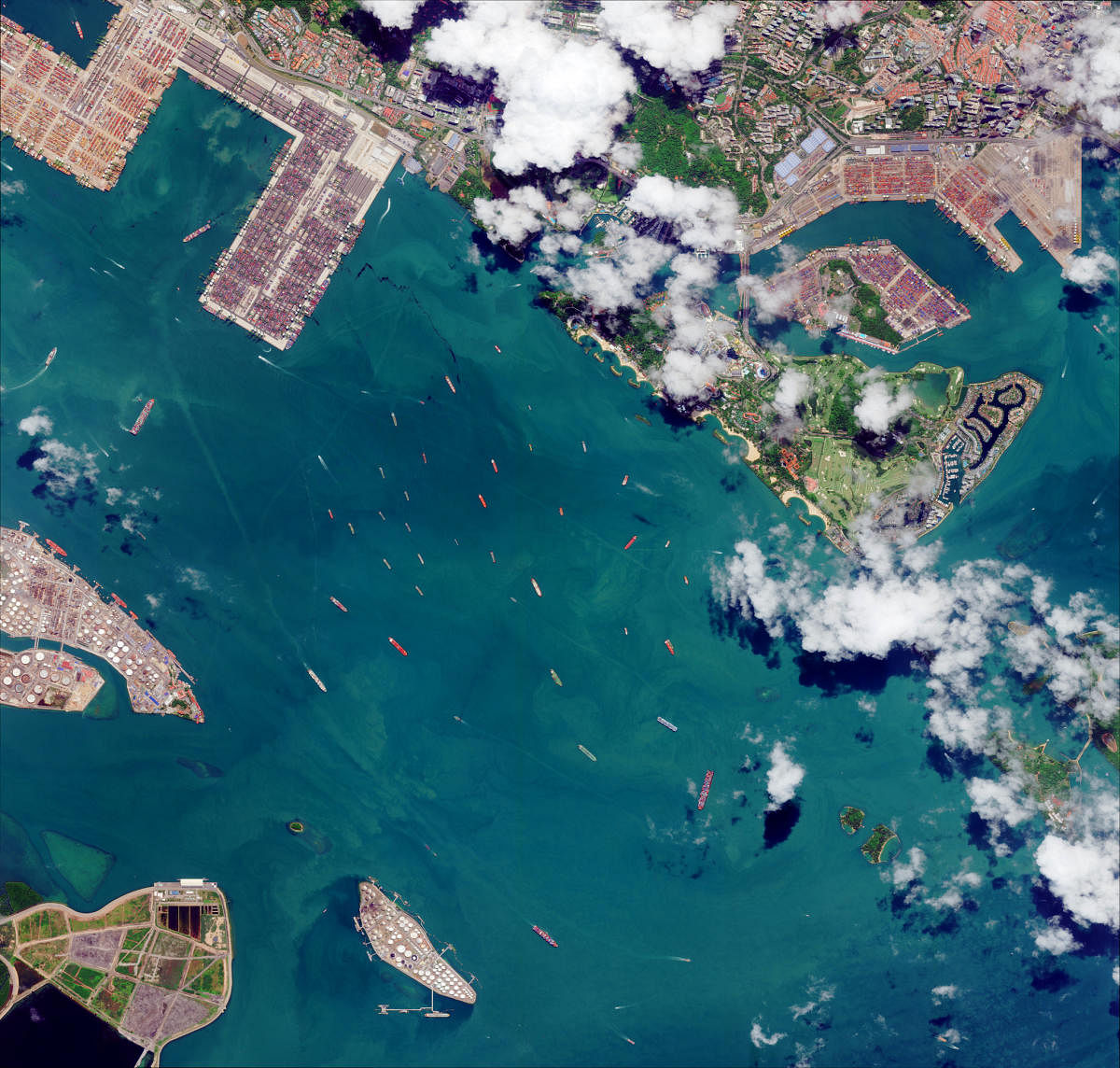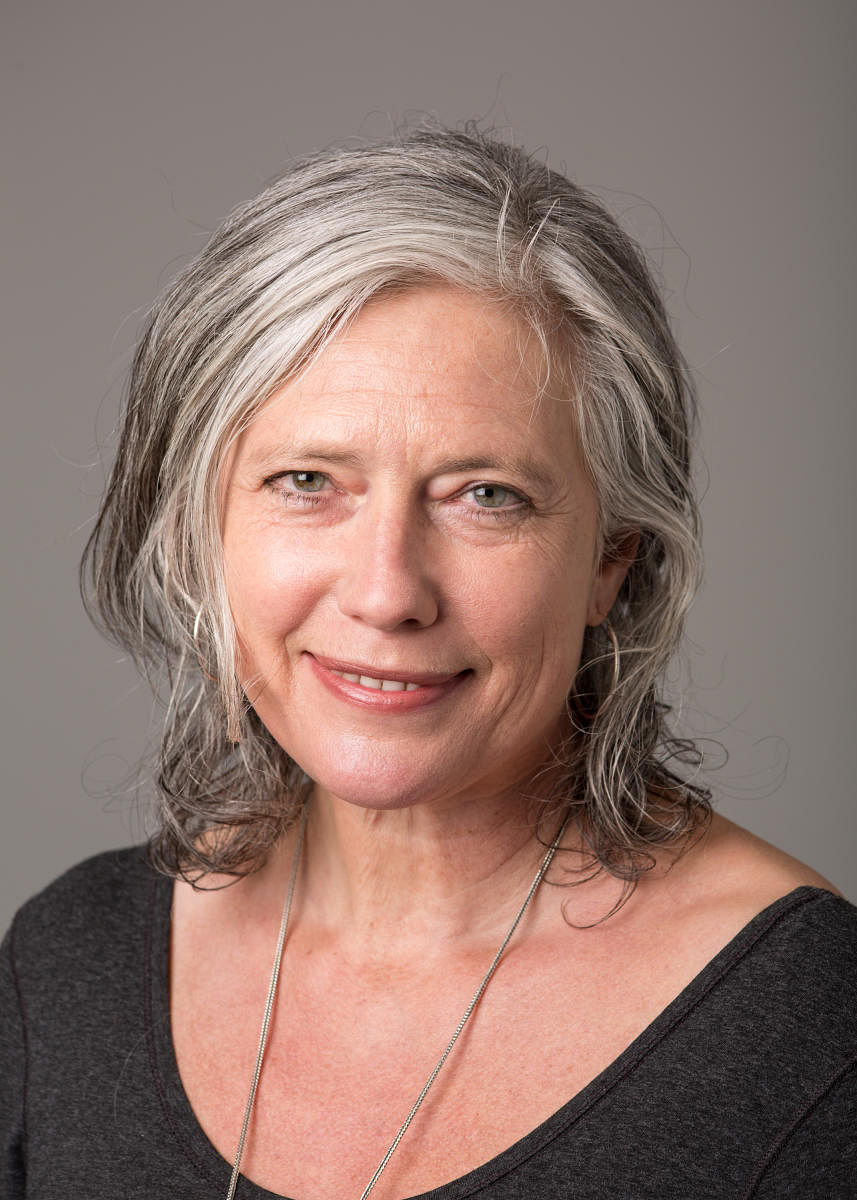

What is it like to view the earth from space? The miniature form of just about everything throws up a whole new world that is waiting to be discovered, says Jo Shinner, executive producer of ‘Earth From Space’ which will premiere at 9 pm on October 21 on Sony BBC Earth.
Jo, who has earlier directed and produced popular series such as ‘BBC Animals Behaving Badly’, ‘Andy’s Baby Animals’ and ‘Nature’s Greatest Dancers’, has shot some of the rarest of species in her latest work. In an interview with Metrolife, Jo explains how she captured the most beautiful animals and what her challenges were.
How was the show different from your previous works?
The natural history units at BBC were well-known for producing ‘Planet Earth’ and ‘Beautiful Wildlife Theories’.
We wanted to create a show with a new perspective.
So, in addition to the cameras on the ground and drones in the air, we added a third dimension from space because that way we could reveal a whole new aspect of animals. One would also be able to see how fast our planet is changing.
What are the unique aspects of the show?
The sequence about Paxton is by far the best. The Paxton is microscopic, you cannot see it in the water when they bloom.
So, this feeds the whole of the ocean from a tiny Staci into the enormous blue whale. Everything evolves around the Paxton.
When you look from space and you look at all the shorelines across the wall, you can see like a huge tuck with a swelling pattern.
You can see from space what an incredible point of view this is. It is a revelation how you can see things that you cannot when you stay on the ground. And the other thing is the importance of being out monitoring the health of our planet.
That’s the last thing I would use as a tool. You know, if you look at the new penguin colonies from Spain, we have a very interesting sequence of being able to spot a penguin colony from the poop that they leave on the ice and they could be seen from space.
This is very important. We need to know if penguin colonies are disappearing or moving.
How did you manage to spot herds of elephants searching for water, and unknown colonies of penguins? What kind of background work was required for the same?
Well, we really wanted to see if we could spot animals from space. We saw elephants wander around. You know, they can cover huge distances every day.
It’s written but we had to see the same. We had heard that the elephants were going to be walking in the right direction. It’s a huge risk where the elephants would walk. Lucky they’d walked in the right direction. So, we got these incredible images.
Which part of this episode did you enjoy shooting the most and why?
I think the image that makes me have goosebumps every single time I see it is of the Shaolin monks.
I get the thrills even now, although, I’ve seen it a thousand times.